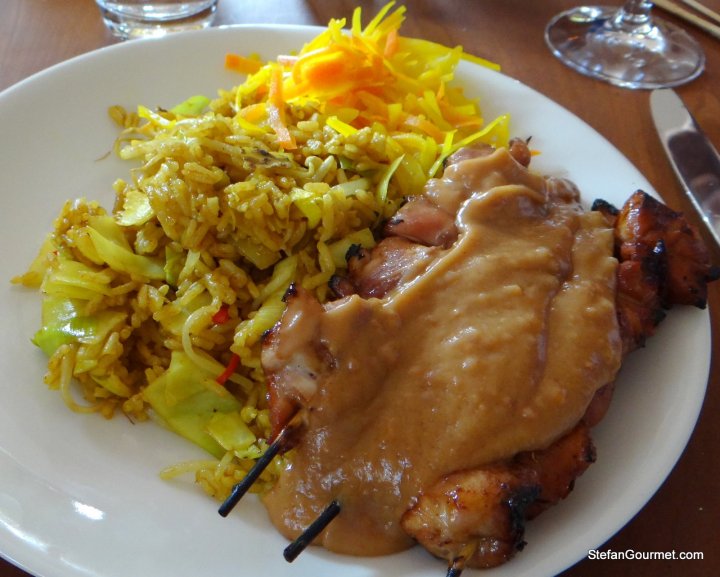
Scallops with Radishes and Sorrel Sauce
Life is full of coincidences. One day my friend Jeroen mentioned sorrel during our wonderful dinner at Bord’Eau, and then the next day I noticed sorrel available at a local supermarket. After deciding to buy it, I had to pick something to prepare. Sorrel can be used for salads, soups, or sauces. As a sauce it is usually used for seafood, and that is what I decided upon. I thought it would pair nicely with radishes, and so Scallops with Radishes and Sorrel Sauce it would be. Since I had some pancetta as well, I decided to use a bit of that for some additional flavor. I was happy with the result and really liked the flavor combination. I will definitely make something like this again. If you can’t find sorrel you can also use the greens of the radishes instead, but it won’t have the special tart flavor of the sorrel. Continue reading “Scallops with Radishes and Sorrel Sauce”

































